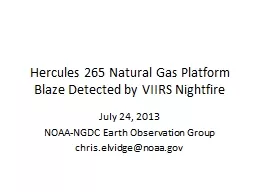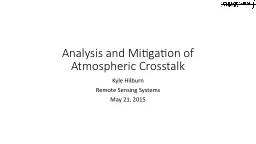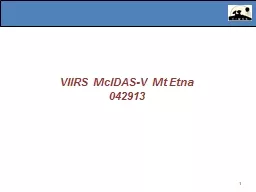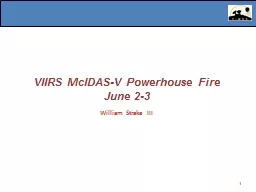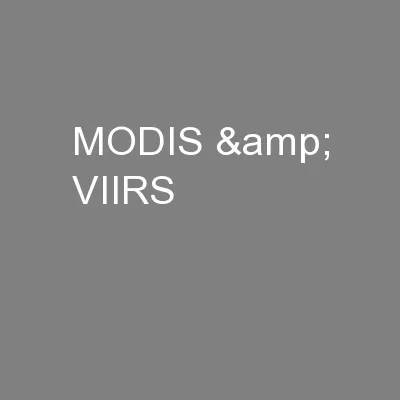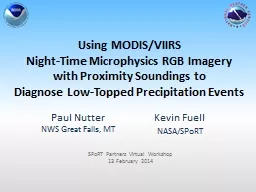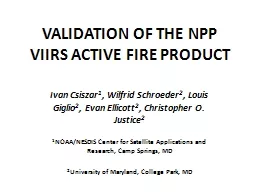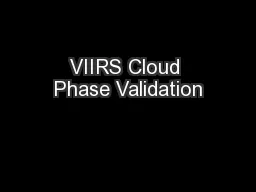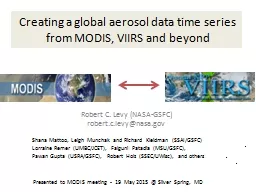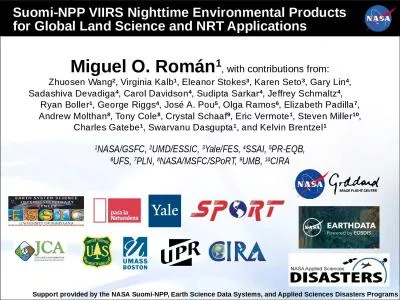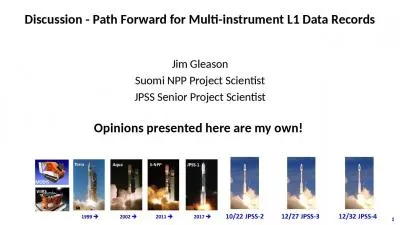PPT-SNPP VIIRS
Author : giovanna-bartolotta | Published Date : 2016-02-27
OnOrbit Calibration for Ocean Color Applications MODIS VIIRS Science Team Meeting May 2015 Gene Eplee Kevin Turpie Gerhard Meister and Fred Patt NASA Ocean Biology
Presentation Embed Code
Download Presentation
Download Presentation The PPT/PDF document "SNPP VIIRS" is the property of its rightful owner. Permission is granted to download and print the materials on this website for personal, non-commercial use only, and to display it on your personal computer provided you do not modify the materials and that you retain all copyright notices contained in the materials. By downloading content from our website, you accept the terms of this agreement.
SNPP VIIRS: Transcript
Download Rules Of Document
"SNPP VIIRS"The content belongs to its owner. You may download and print it for personal use, without modification, and keep all copyright notices. By downloading, you agree to these terms.
Related Documents



